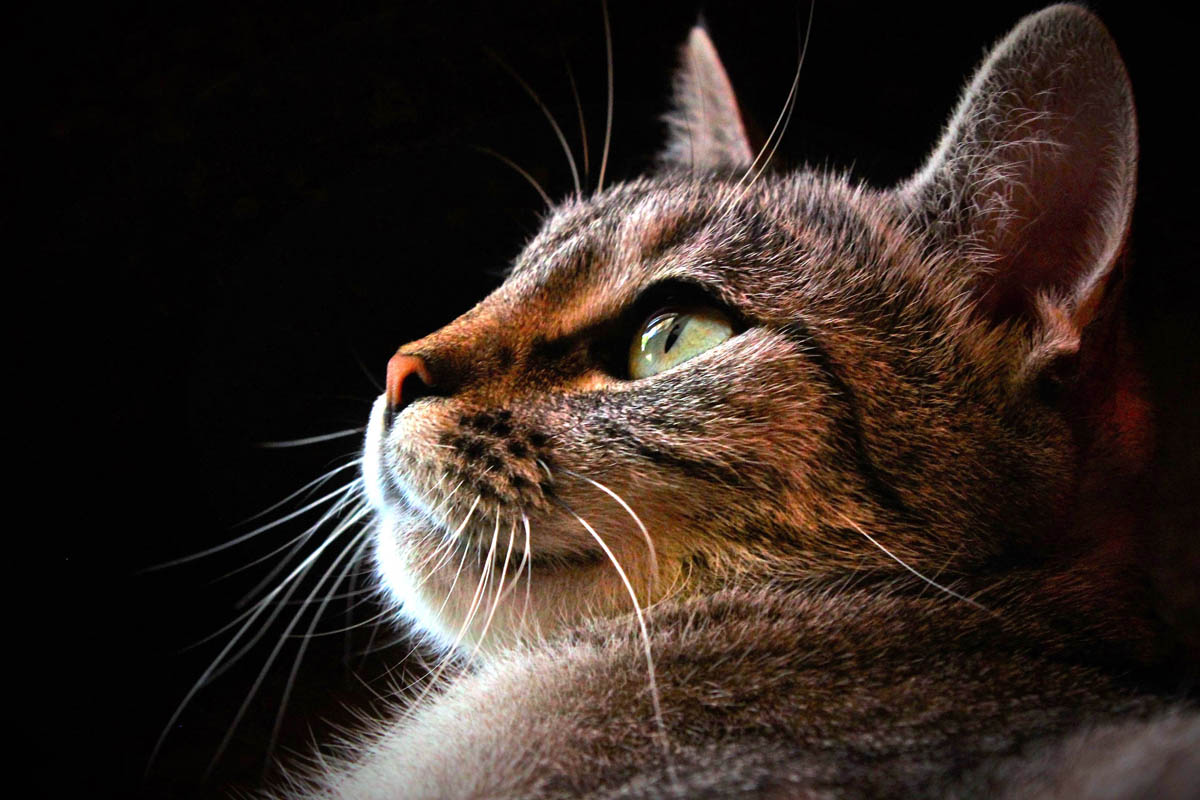What is spaying?
Also known as ovariohysterectomy or sterilising, spaying is the removal of the uterus, fallopian tubes and ovaries in the female cat to prevent her from reproducing. In male cats, the castration of the testes is known as neutering, which renders them infertile. This article refers to the spaying of the female cat only.
How much does it cost to spay a cat?
The cost to spay varies from vet to vet and even on circumstances. It is more expensive to spay a cat who is either in heat or who is already pregnant.
At the time of writing (February 2013), I phoned 5 Australian veterinary practices to find out how much they charge to spay a female cat. The prices ranged from $195.00 to $250.00, with an average cost of $223.80
Spaying the female is more expensive than neutering the male as it is more complicated. However, most veterinarians are aware of the importance of desexing household pets and do their best to keep costs down. Speak to your vet if you have any concerns about cost. Most are very approachable and will be willing to work with you.
Some animal shelters have cheap spaying and neutering days to encourage pet owners to spay their animals.
When should a cat be spayed?
Cats can be spayed from 8-10 weeks of age, although some veterinarians prefer to wait until six months.
How is a cat spayed?
The veterinarian will perform a physical examination of the cat before the surgery to make sure she is in good health. A pre-surgery blood panel may be recommended before surgery to determine the overall health of your cat.
- The cat will receive a light sedative before the procedure to relax her. This will make her drowsy and relaxed.
- Following the sedative, general anesthesia will be induced either via gas or injection.
- A tube is inserted into the windpipe to allow the gas anesthetic to be administered (intubation).
- The cat is shaved under the belly (midline) or on her left side (the flank), the area will be cleaned with a surgical antiseptic.
- She will be placed on her side or back and an incision is made through the skin and into the abdomen. Blood vessels that supply the reproductive organs are tied off to prevent bleeding.
- The uterus and ovaries are removed from the abdomen and stitches are used to close off the incision.
- Spay surgery takes between 30-45 minutes.
What are the benefits of spaying a cat?
There are many benefits to spaying a cat. The entire cat is more likely to roam (and over a greater distance), exposing her to risks from attacks (dogs, other cats), and vehicles.
Spaying also reduces certain behaviours in the female such as calling, offers several health benefits which include eliminating the chance of pyometra (infection of the uterus), and significantly reducing the likelihood of mammary cancer. Spaying prevents more kittens from being born into a world where shelters are already brimming with unwanted kittens and cats.
Health benefits of spaying a female:
Spaying can reduce the number of conditions in the female cat, including:
- Mammary cancer
- Pyometra
- Uterine cancer
- Eliminates birth and postnatal conditions such as difficult birth, mastitis etc.
Other benefits:
- Eliminates calling behaviour
- Reduces the likelihood of your female roaming (to look for a partner)
- Reduces the chances of your female spraying
It also reduces her chances of catching transmissible diseases such as FeLV and FIV.
Complications
All surgeries carry risks; however, spay is a routine surgery and complications are uncommon.
- Bleeding during the operation
- Post-surgical infection of the wound
- If a small part of the ovary is left behind, it will continue to release hormones, which in turn can cause your cat to continue to call
- All anaesthetics come with a small risk of death
Post spay care
You should be able to bring your cat home either later that day or the following day. She will be a little sore for a few days after surgery and should be kept quiet and not allowed outside.
Some cats will feel somewhat nauseous due to the anesthetic so they may prefer a bland diet of cooked chicken for a day or so.
Keep an eye on the wound and look for signs of infection such as weeping, redness, swelling or discomfort.
Stitches will need to be removed 10-14 days after surgery.

